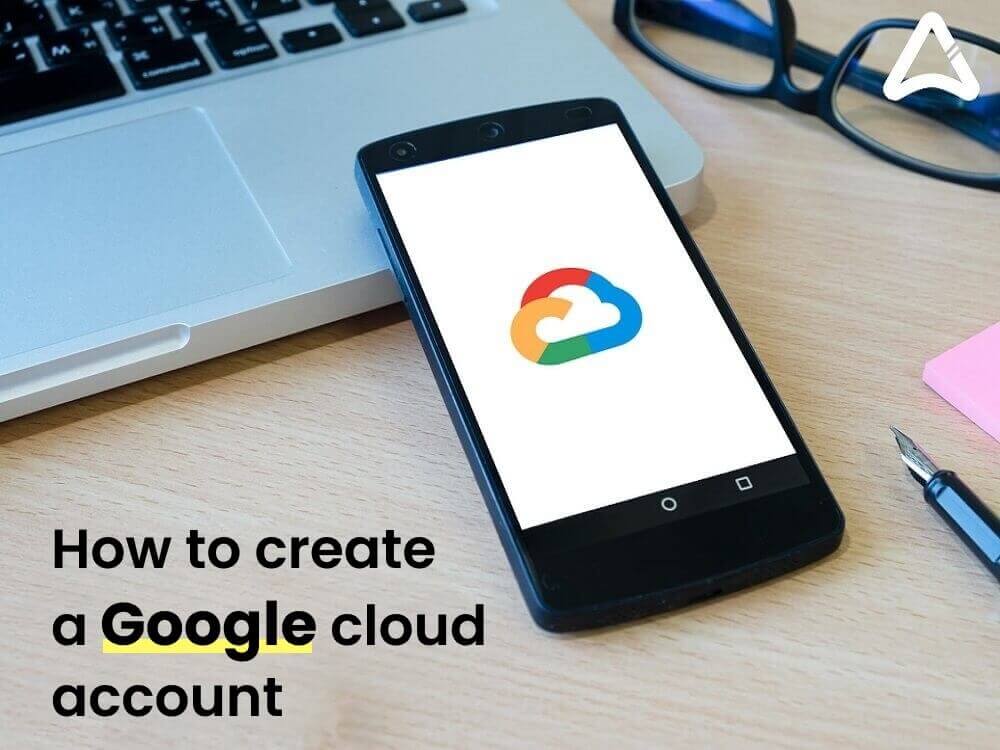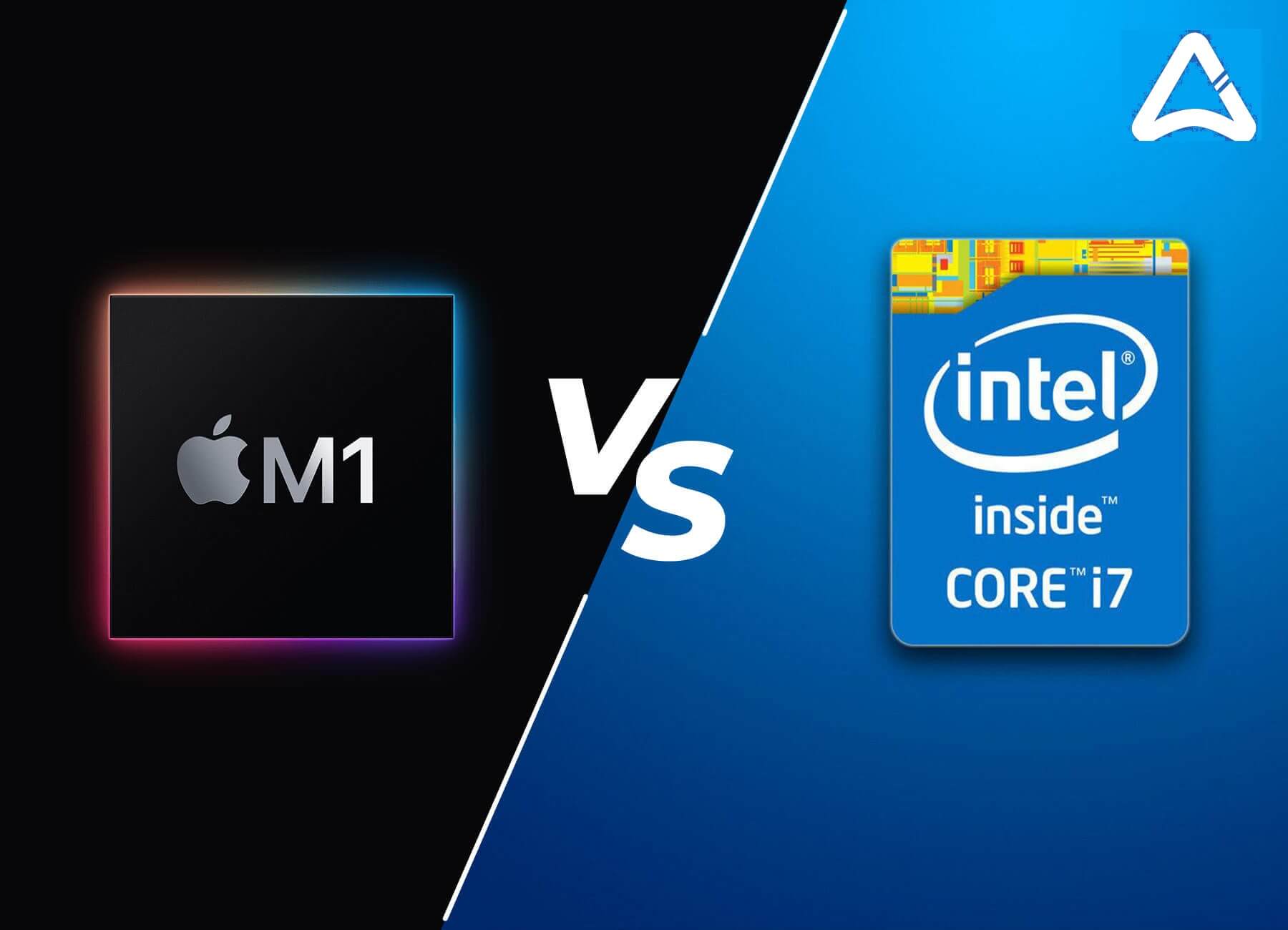Regardless of how many applications or social networks a company has as forms of contact, customers continue to telephone when they have a problem. But they face confusing automatic responses and long waiting times. What would you say if this process was done by a robot that with machine learning has learned to answer the most common questions?
This solution exists and is improving the customer experience of several companies through artificial intelligence.
This is just an example of what digital transformation means that, according to experts, has ceased to be called that way to be named business reinvention, revolution, digital assimilation or simple transformation. David Ruiz, IBM Watson executive, explains that this concept refers to finding what processes within the company can be done much faster with the help of agile methodologies and through autonomous robots and artificial intelligence.
Businesses today face the challenge of adapting to the Fourth Industrial Revolution, which, according to Klaus Schwab, founder and executive president of the World Economic Forum, means moving from the era of digitalization to innovation based on the combination of the advances of the digital world with discoveries in other technologies and areas of knowledge such as nanotechnology, artificial intelligence, biotechnology, energy conservation, robotics and the internet of things.
React Speed
More than 40% of medium-sized companies in North America have as a priority to improve their processes and adopt information technologies, according to the National Survey on Productivity and Competitiveness.
While companies are aware that “the competitive advantage, today, is in the speed to react,” says Enrique Ortegón, Latin America director for Salesforce, it is also true that SMEs have restrictions on time, money and personnel.
“It is possible that a small or medium-sized company founded five years ago is not ready to have a data center, servers or even personnel to manage them,” says Ruiz, from IBM. This is where companies that offer technological tools that function as strategic partners come in and can do processes in the same way as if they had an army of engineers or a data center in their facilities.
The benefit of those who are already investing in technology is tangible. SMEs that apply technological solutions increase their income 15% faster and create jobs twice as fast as those who dismiss the importance of technology, reveals a study by the Boston Consulting Group (BCG).
Is it necessary to transform our business model? Where do we start?
I receive the first question every day less frequently. The transformation of the business model in the digital age is an undisputed statement, and those in charge of leading organizations are aware of the vital importance of doing so.
The problem begins with the answers to the second question: “We will sell the web”, “we will communicate through social networks”, “we will start using information”, etc. These proposals are the most common that I hear today in many companies, and I believe that nothing is further from what is needed to achieve a real and efficient digital transformation.
Assuming that a digital transformation is “implementing a sales website” is a common mistake. Before we need to answer a lot of much more relevant questions from the strategic point of view. Why would someone buy me? Who will I get to, how will I get to it, what advantages will my current and potential clients have? How do I give them security, how do I charge, how do I deliver the product better than on the physical site, how do I provide an agile backup service with competitive costs? How do I continue to generate a relationship through that channel?
The confusion between tool and business model
Business models are ultimately all about money: how much will customers be willing to pay for the value received, and how much will the business be willing to invest to deliver that value? So, when a company thinks about applying new technology to change its business model, it must point to nature or how customers receive the value or point to the way that value is delivered or both. A successful business model depends on customers perceiving that they are paying a fair price and that the business owner obtains an acceptable return on it.
A web page is not a new business model, it is a tool, channel, or technology that integrates a business model. Before the tool, we have to be clear about what needs I want to meet and how I will capture its value (that is, how much, how and where I get paid to offer my product or service).
We have to be clear about what needs I want to meet and how I will capture its value.
The digital transformation is not just cost reduction
Another frequent problem is when the digital transformation is confused with cost reduction. New technologies give us the possibility of achieving results more efficiently, but remember that customers are not necessarily going to accept it because it is cheaper for our company! Rather than stand in front of a mirror, we must do it in front of a window.
How to start with the digital transformation? Creativity above all!
When someone wants to transform their business model into the digital age, my recommendation is first to try to think about what needs they want to meet, what value they want to capture, or even what problem they want to solve for others.
A good start for digital transformation is to look outside, think about people
Then there will come an evaluation stage where we will adjust the ideas to the real possibilities of transformation, adjusting the positive of each idea with the negative aspects, to overcome the obstacles that appear and will appear along the way. UBER that today is used as a model of change, was not born because someone wanted to implement an app, but as an idea of someone who saw that people were not satisfied with the service provided by taxis but especially because there were people who had free time, who wanted to be independent and wanted to earn his own money. The technology (in this case the app) came later, as well as the problems of implementing the markets that we all know.
KEY AREAS
The digital transformation is not only to set up a CRM (Customer relationship management), do digital marketing or create an online store, but it is to orient the business model to fit the needs of a digital customer of the collaborative economy that does everything with a smartphone in hand. Therefore, Cabrera, Director of Operations for Microsoft, points out that to make a successful transformation the company must focus on four key areas: involving customers, boosting employees, optimizing processes and transforming products.
1. Put yourself in the client’s shoes
In the era of customer experience, the mobile revolution has generated more and more information about consumers and a great expectation on the part of them to receive better services and experiences. The only way we can process, analyze and understand all the information that exists about customers is through artificial intelligence. Only in this way do we anticipate their demands.
For this, the expert suggests making a first diagnosis and questioning: What are the opportunities my client has to interact with my company? How do I guarantee that these interactions are consistent? What technological tools am I using so that everyone who works in the company has only one vision of my client?
2. Boost your Employees
Every company wants its work team to be faster and more productive. To achieve this, it is necessary to resort to solutions that provide employees with new methods of collaboration and communication. “One of these ways is remote work, which reduces costs in physical workspaces,” says Michael Wu of Microsoft.
Today, productivity is presented both in the company’s devices and in the personal devices of the employees. To do this, “the use of cloud solutions help reinvent productivity and boost mobility,” explains Wu.
The cost of some of these solutions is lower than that of one cup of coffee per day and you can get the same features that large companies use, he emphasizes.
3. Optimize Processes
Ruiz, from IBM, explains that SMEs that are looking for this digital revolution must first adopt a solution in the cloud, a data storage model based on computer networks, where data is housed in virtualized storage spaces.
Then, you can use big data to get ideas of value for the company. “Companies can use the information that is already collected from Excel spreadsheets and cross it with public databases,” explains Wu, from Microsoft.
For example, sales teams in several companies are already benefiting from the cloud and big data solutions to get real-time responses, a unique view of the customer and their history of interactions.
4. Transform Products
What would this business look like if it were completely digitized? It is the question that companies are asking to modify their operating models. Ruiz from IBM points out that the transformation has to do with reinventing the way we do things and, in that way, we will have changes in business models and final products.
To drive this, IBM offers a process modeler that simulates how this or that company process would work from start to finish if you applied a technology tool. These tools are helping companies develop new digital products that complement traditional products.
Currently, we are witnessing a time of great changes in the different business sectors due to the generation of new business models that affect competitiveness, such as companies that appear in the market deploying solutions that transform traditional businesses, starting from the differentiating use of various technological enablers. Next, we will show you some of the sectors where the digital transformation is impacting more.
The Tourism Sector
Without a doubt, it is one of the sectors where the digital transformation is most rapidly impacting, making the online channel the main means of reservations , through a digital strategy that addresses, on the one hand, different solutions (web, app, social average, etc.) and on the other hand, the launch of new functionalities continuously, which influence the complete cycle of the tourist trip , working the pre-purchase phase, the purchase process itself and also the traveler’s stay with proposals that are modifying customer service processes (online check-in, choose your room or express check-out). The technology, therefore, allows knowing in which phase the client is, helping him through imaginative proposals.
Based on all this, business initiatives such as Last Room, Vayable or BeCheckin are emerging. If we look at business models, Airbnb, for example, has radically turned around the way of connecting supply and demand.
The Industrial Sector
The industrial field is another clear example where the digital transformation capacity is more important and to which success stories of these strategies are arriving. A prominent example is that of Mercedes with the launch of the company Car2Go, which offers car rental services without a driver in large cities. It is, therefore, a business model in which, thanks to enabling technologies such as IoT, mobility, security systems and artificial intelligence, a new Mercedes business area has been generated, based on services and not on the sale of products.
Imagine now an industrial company that manufactures tires, on which it is capable of incorporating IoT sensing devices and that, thanks to the application of intelligent data analytics techniques, brings value to its potential customers generating, for example, driving recommendations, identification of potential risks in tires before accidents, identification of vehicle movement, etc. All this information can be used for the development of new services and marketing options. This is the case of Bridgestone.
Am I small?
For 2018, micro, small and medium enterprises that have obtained their income for up to 60 million CAD of their business activity in the previous year, may deduct their investment in computers and servers up to 88% of their total value.
This type of fiscal stimulus shows the urgency that exists because North American companies use technology to be competitive. These solutions are designed for all types of budgets. “There are programs in which the first time you use them and up to certain ranges, the cost is zero,” says Wu. Besides, the hiring models are for consumption, so customers only pay for what they are going to use, so all solutions are adaptable to the needs of each company.
Experts agree that the transformation or reinvention of companies is a matter of survival because “if you do not, your competition will do it,” warns Ruiz, of IBM.





